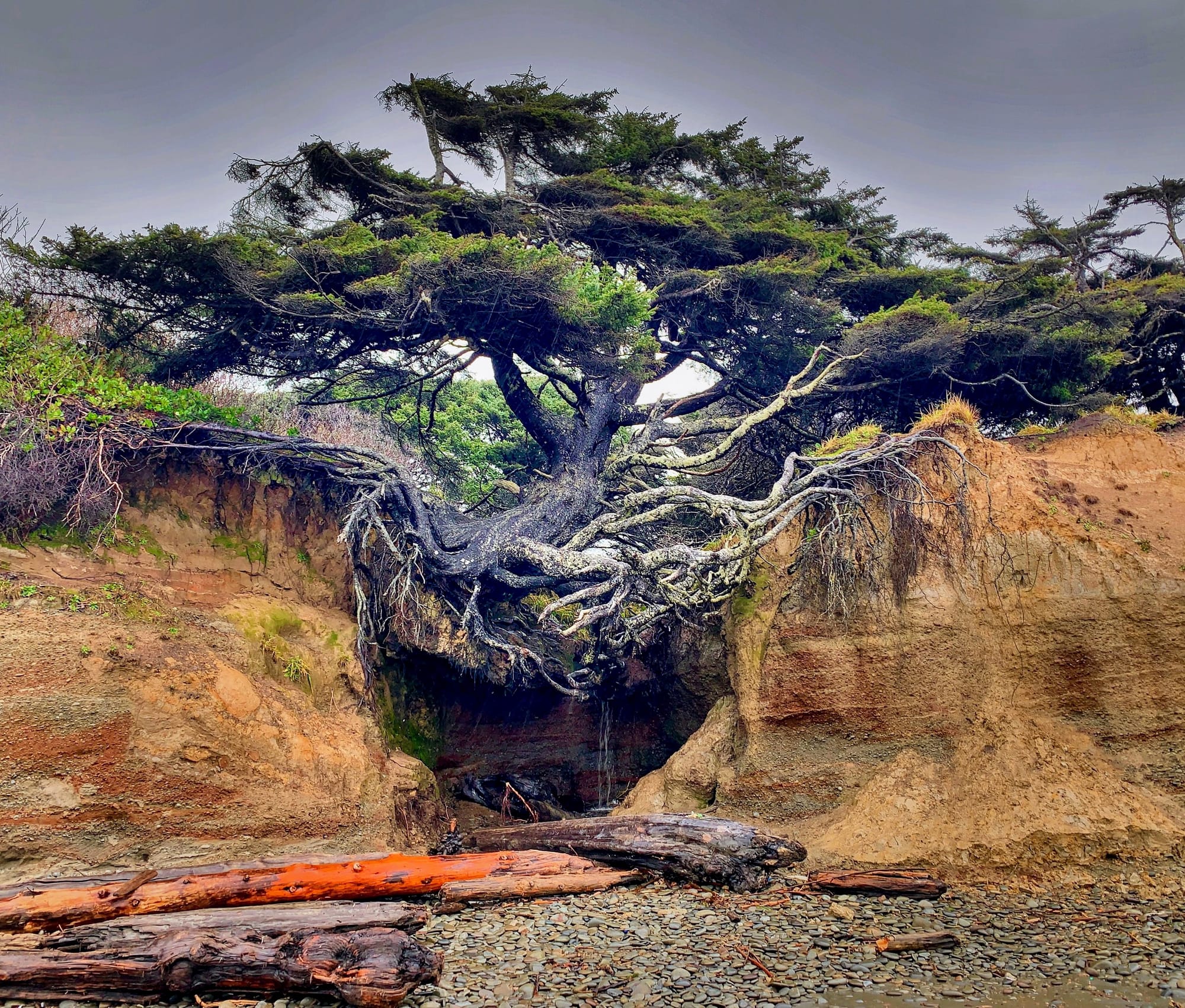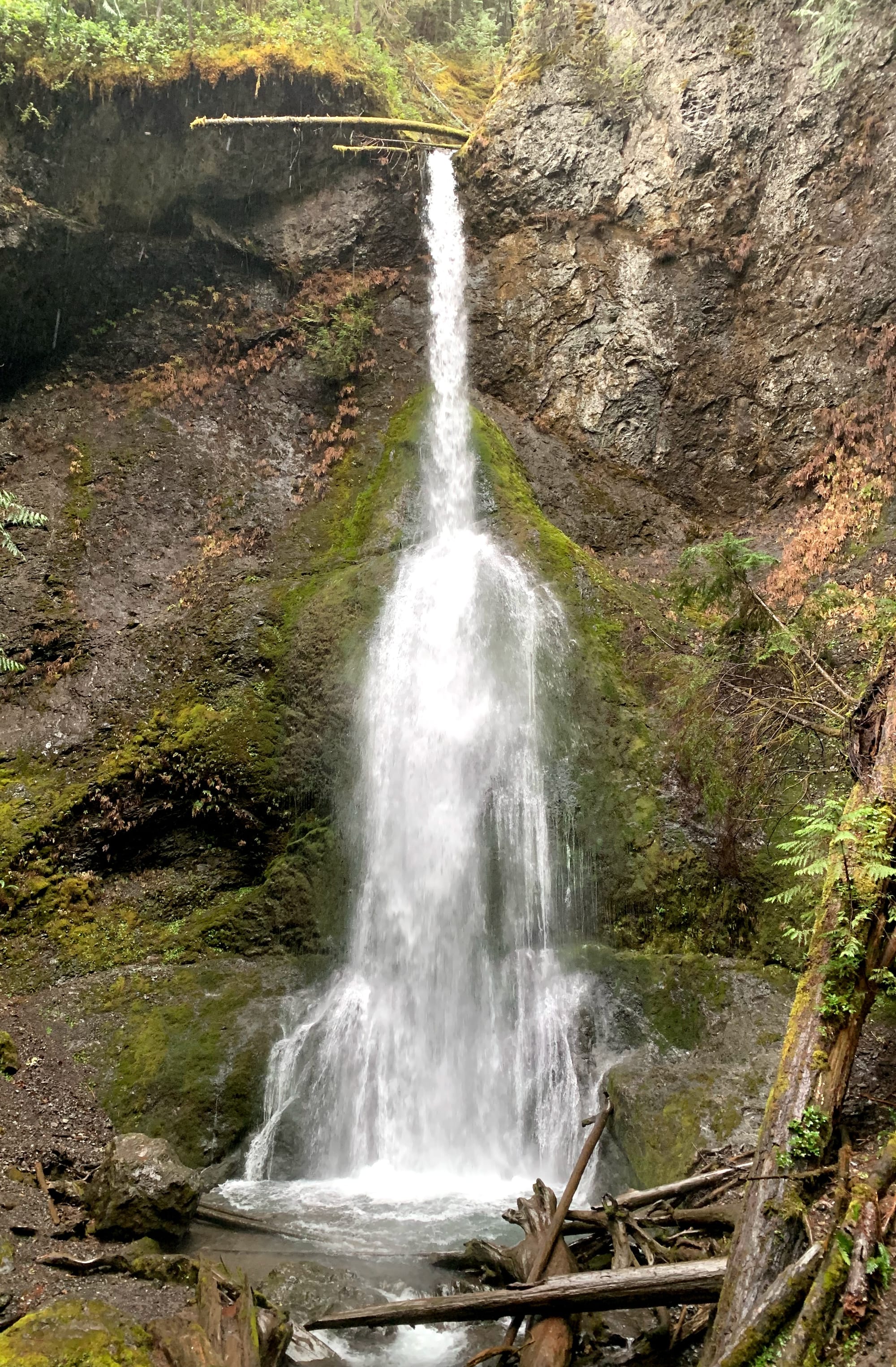How to take better photos

A friend recently asked me how they could take better photos.
First off, it's better to think about making photos instead of taking photos. Where you choose to point a camera, how you zoom in and frame it, and at what time of day are all choices you make that influence the final shot. So it's making, not just taking.
My main advice is often something like "go take 100,000 photos and then you'll be good by the end of it" but while practice certainly helps, directed practice is better. Don't just take more shots for the sake of more shots, try out different factors each time, make every shoot a set of experiments to get you more familiar with the possibilities. Find out what works and what doesn't, and follow rules so you can later break them.
Never stop experimenting.
So my tips on how to take good shots boil down to three things:
- Light
- Framing
- Processing
Light
I had an epiphany when I was reading photo.net sometime in the late '90s (it appears photo.net was sold off and changed greatly, but I think it was this old tutorial at Philip Greenspun's site that opened my eyes). I liked Greenspun's tutorials because they aren't too focused on tech or lenses or f-stops directly but more about philosophical approaches and timeless advice on capturing a decent photograph no matter what device you're using.
Much of getting a good shot is knowing how to deal with light. And Philip's tutorials on light made me think more about it whenever I went out to take photos. Often I'd experience a moment and think "this looks amazing, let me get my camera" and I'd capture it, but I often revisit a place at several points in a day, like early morning, midday, and during "golden hour" just before sunset. On vacation, this means visiting a same spot 3-4 times to try and get a good photo. And then there are the familiar places near me that I've visited for years and years, at all times of day, hoping for just the right combo of light and clouds. There are trees and signs along bike rides that I know will look amazing in a shot someday but I haven't captured yet and it might take three or four more years to get it right.
So yes, the best advice for getting better at photography is taking lots more shots all the time, but when you do it, notice how light plays with your subjects and try things at different times of day, with different lenses, with different lighting. If you want to try something bold, take a photo of the same tree every day for a month. Then try a shot of it for every hour the sun is up, then look back at them to see which worked the best and why.
Once you understand how light plays with a landscape or a portrait subject, you're well on the way to getting better shots. There's only so much VSCO or Lightroom can save, but if you can capture good lighting first, you'll have a good photo even if you do nothing else right.
Framing
Once you know how light plays with a subject, framing your photo (and later, cropping) are your next areas to focus on when practicing.
The rule of thirds is a bit of a cliché, but when you're shooting landscapes or candid photos it really does make for more compelling photos. Perfectly centered, symmetrical shots only work for certain subject matter and settings, while for most photos centering a subject makes it come out boring.


Waterfalls are a great example. Everyone wants to take a photo of a waterfall in the center of the frame, but it's almost always more interesting if you shift the waterfall to one of the sides and put the horizon line/top of the waterfalls at the top 1/3rd.
Get low. Taking photos where the lens is five or six feet above the ground tend to come out boring because we've all seen that view before. I shoot most landscape photos at about belt-buckle level. I crouch down, shooting two or three feet above the ground to get a new perspective and make a more interesting photo.
Cropping is a skill you'll pick up only after years of editing photos. For the first ten years I was taking lots of shots, I rarely ever cropped and tried to get everything framed perfectly in the viewfinder. Then as the rise of things like Instagram and mobile devices proved, getting things narrowed so your subjects appear "larger" on small screens became a skill I practiced for years, and now I almost always shoot a photo slightly wide on purpose so I can crop the best shot out of it later.
Processing
I'll admit I don't get too hung up on post-processing my photos, but ten years of iPhone filters and twenty years of photoshop before that certainly influence me and it's a good skill to develop (no pun intended) to make your shots the best they can be. Basically I find a workflow in the smallest set of steps that get my photos to a better place as quickly as possible, so I can prep a photo in an instant, then post it and move on.
I'd urge everyone to experiment with all your options (try out Lightroom, VSCO, etc) until you settle on a look you like, and feel free to ask photographers doing something different that you enjoy for any tips. I found out blue filters do wonders for cycling shots and it's a thing I would have never tried unless a friend shared his process with me.
I'm incredibly lazy and I don't like to spend too much time on processing, but if it's your jam, go with it. Shoot RAW and adjust histograms all day, and try out the hundreds of photo apps out there that can help streamline processing. I optimize for speed and convenience, but I often wish I spent more time on post-processing.

So that's all there is. Pay close attention to these three main areas whenever you're shooting photos. Tweak one of them each day, and return to places day after day to try more new things. Eventually, you'll figure out how to make better photos and what works and doesn't for you, and someday you'll arrive somewhere for the first time, grab a quick shot, and it'll look amazing even without days of shooting, all because you put in the work and know how to tweak your surroundings to help you get great shots.
Subscribe to our newsletter.
Be the first to know - subscribe today





